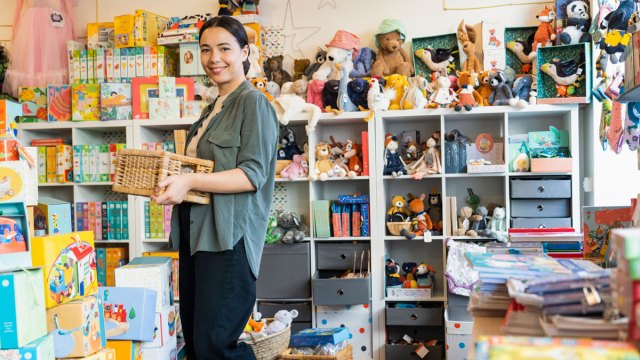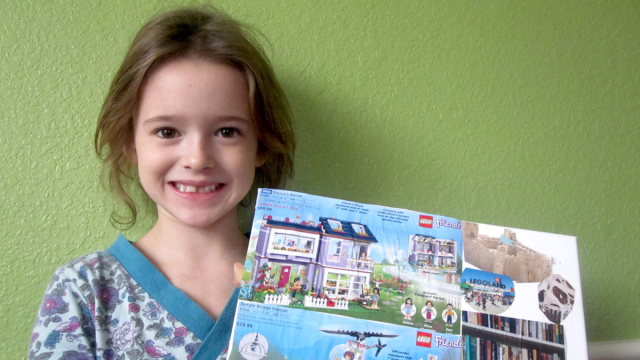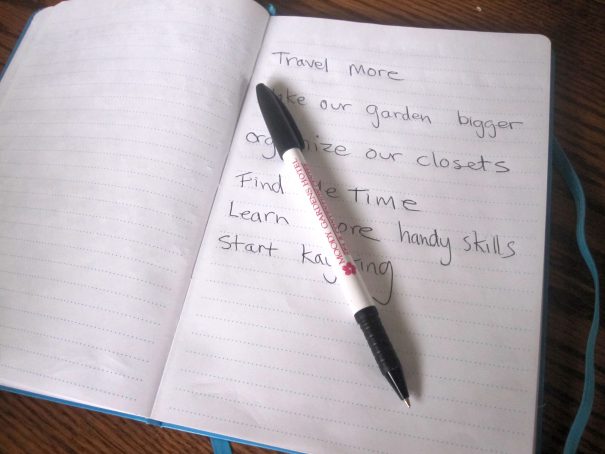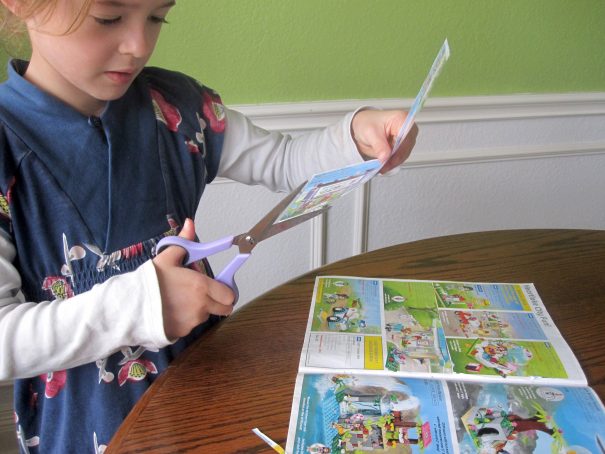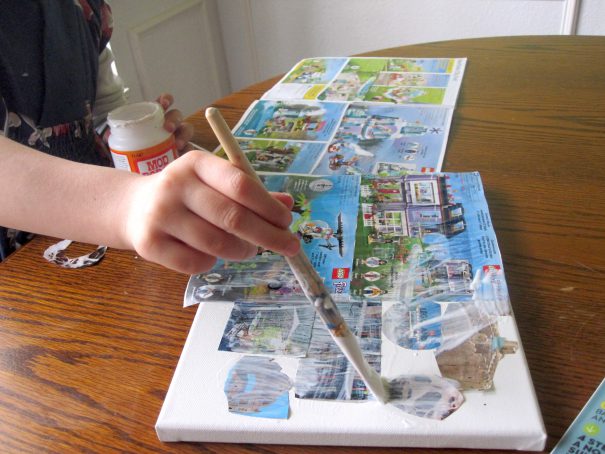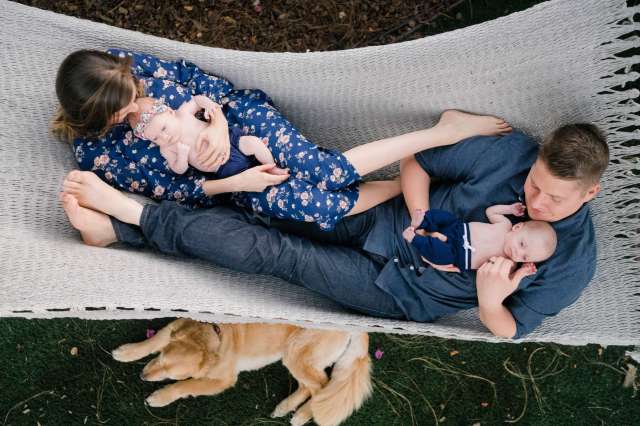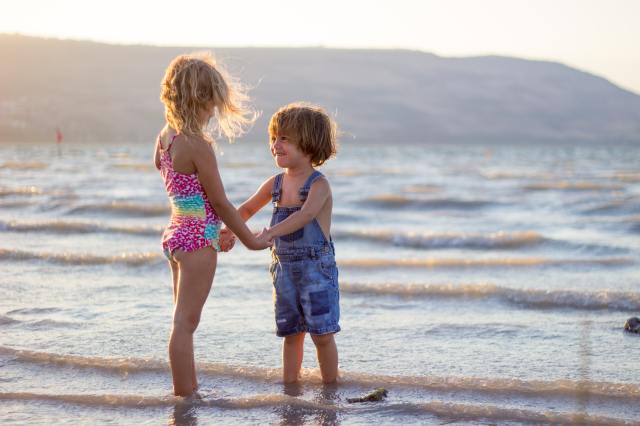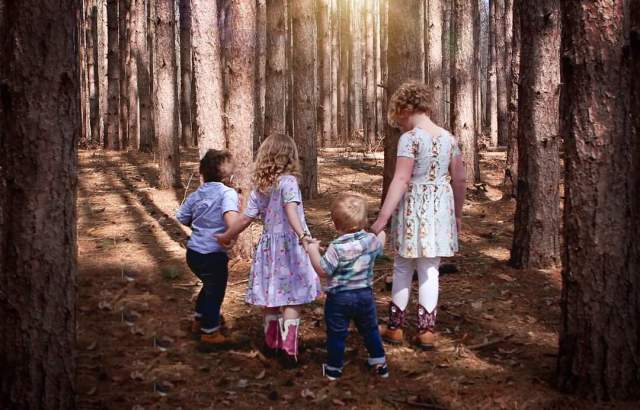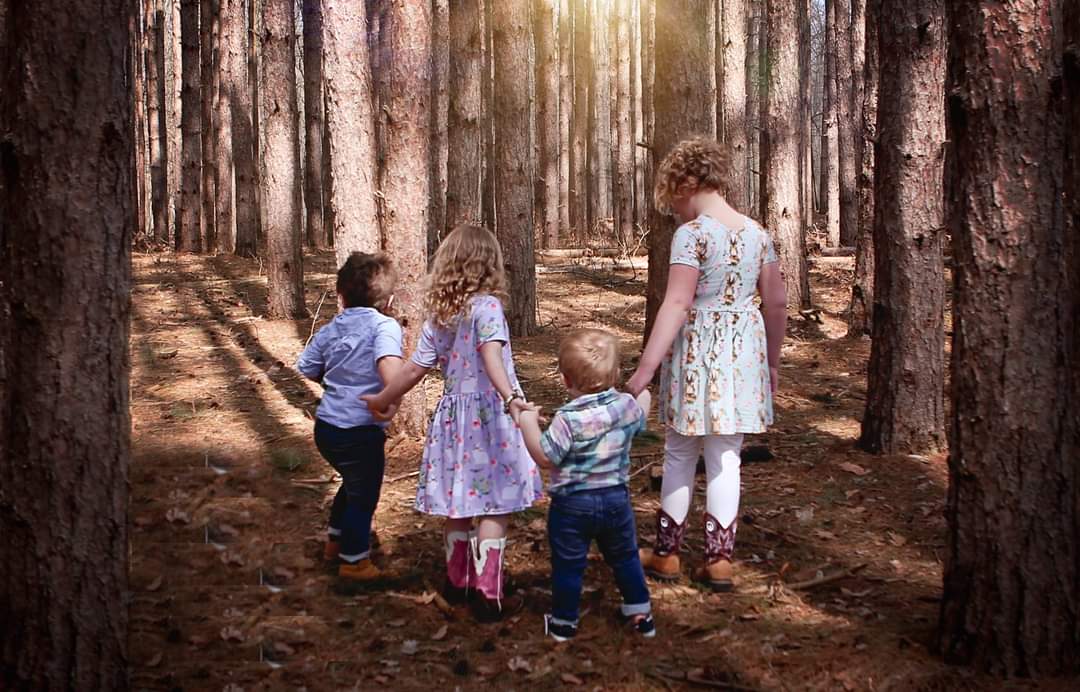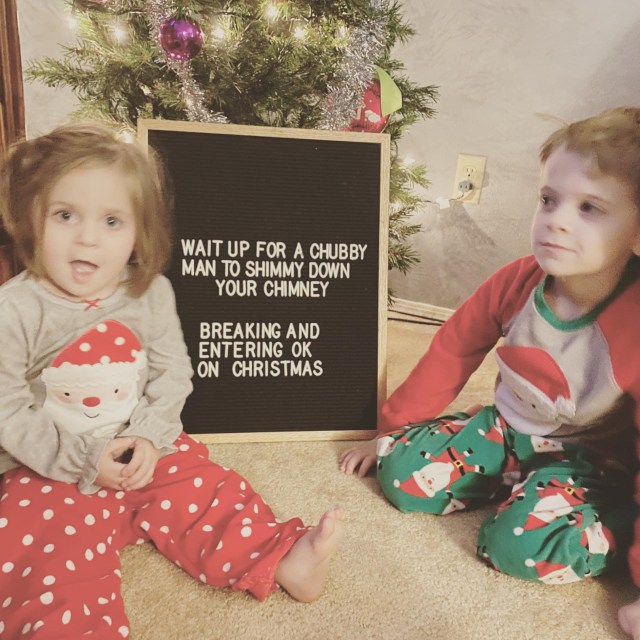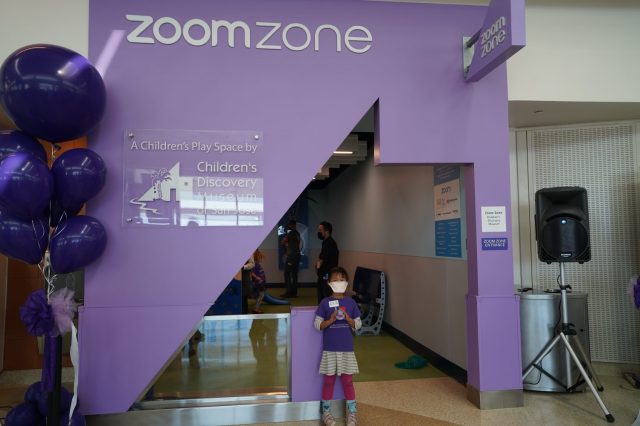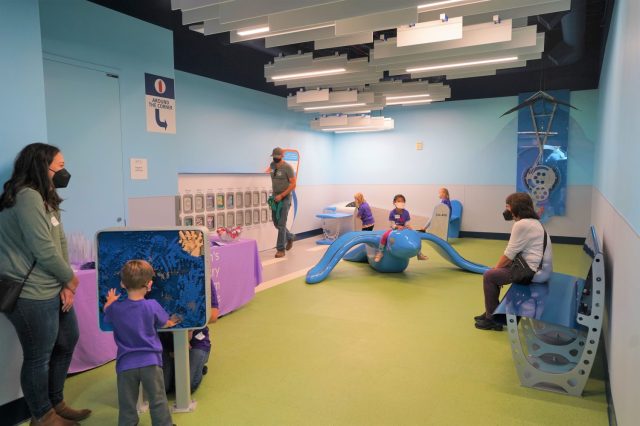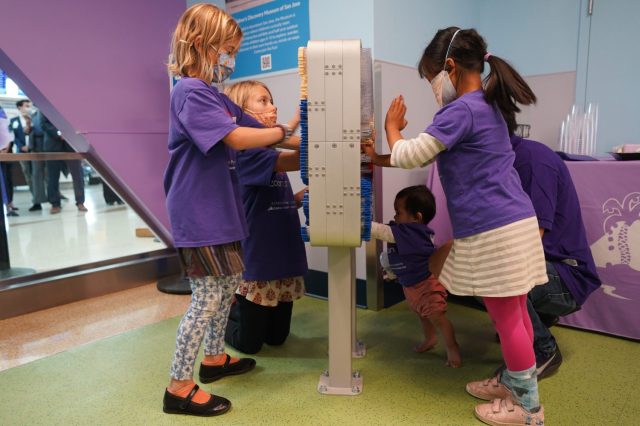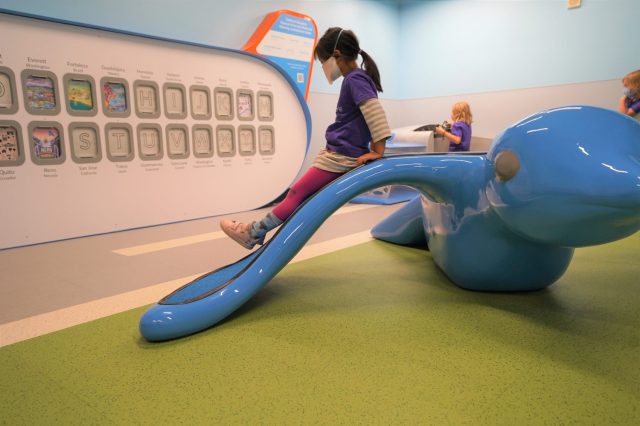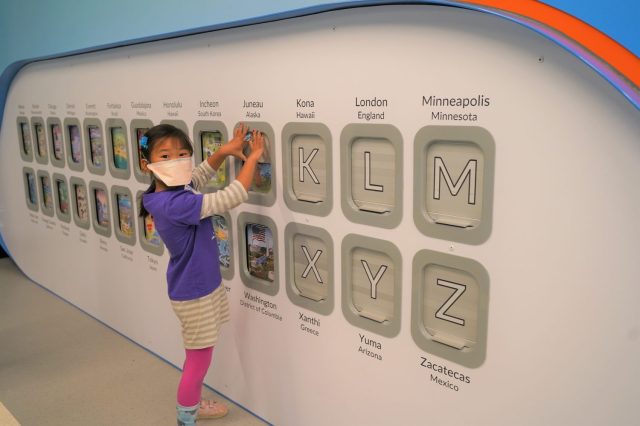If you’re about ready to click your way to a completed shopping list online—stop! Consider shopping small at these independent toy stores in Dallas that have passionate employees ready to share their personal recommendations and tons of perks (think: local delivery or curbside pickup, free gift wrapping, and the opportunity to test-drive the merchandise). You can pick out the perfect gift for all the little ones on your list while supporting local businesses. It’s a win-win.
1. The Toy Maven
You’ll find loads of toy options and tons of helpful salespeople at The Toy Maven. They have three locations to choose from, or you can shop via their new website. Not sure what to get? You can narrow your options by age or interest to get some suggestions.
6025 Royal Lane
Dallas, TX
5600 W Lovers Lane
Dallas, TX
1275 East Southlake Blvd.
Southlake, TX
Online: thetoymaven.com
2. Toys Unique!
You’ll love this toy store in Dallas as it is a local, family-owned business in the Dallas-Fort Worth Metroplex that has been bringing continuous joy into children’s lives for 40 years. They offer complimentary gift wrapping, which definitely comes in handy when you remember you need a gift on the day of a party.
5460 West Lovers Lane
Dallas, TX
Online: toysunique.net
3. The Little Things
This chic boutique has a mix of everything from books, toys, and art supplies to apparel—with options, including gender-neutral, for babies through tweens. The store was created from a love of fashion and seeing happy kids dressed in clothes that make them feel confident and excited to begin each day. The store’s owners pride themselves on sourcing the best quality, natural fabrics, and conscientious production from the brands they select.
6465 E. Mockingbird Lane
Dallas, TX
Online: shopthelittlethings.com
4. We Are the Misfits
You’ll be totally impressed by the quality of toys offered at We Are the Missfits. That’s intentional— the products are cultivated to stimulate the brain and encourage self-expression through fashion, art, science, and literature (Crazy Aaron’s Thinking Putty, anyone?). Sure, they also carry stuff that is just for fun, but prepare to feel inspired when in the store. If you can’t pop inside, that’s OK. They offer curbside pickup and free delivery within five miles of the store.
9660 Audelia Rd.
Dallas, TX
Online: wearethemissfits.com
5. CAMP
CAMP is a toy store and more—known for its totally unique shop-play hybrid experience in its locations across the country. Inside this CAMP store, visitors can take part in rotating themed experiences, kids are encouraged to try out loads of toys they have available, and there’s even a cafe for parents. Every surface is a seamless blend of play and product.
9830 N. Central Expressway
Dallas, TX
Online: camp.com
6. The Toy Store
The very reasonably named Toy Store in Snider Plaza offers eco-friendly, STEM-certified, and sustainable play toys for people of all ages. From baby toys to adult puzzles, they have you covered. And if you are super busy (like we know you are), they even offer free delivery within 10 miles.
6723 Snider Plaza
Dallas, TX
Online: thetoystorellc.com
Save some adorable snaps of your baby playing with their new toys—and share them with your family and friends near and far—with the Tinybeans app. The secure platform puts parents in total control of who sees and interacts with photos and videos of their kids.
